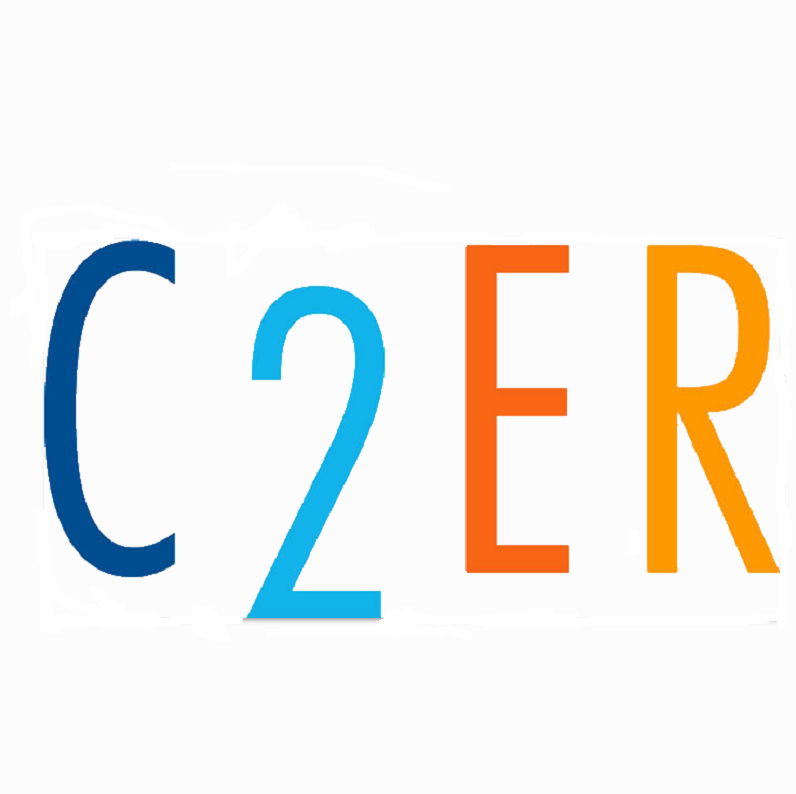Professional Certifications and Licenses Increase Earnings and Reduce Unemployment, New Data Shows
Written by Anuradha Dhar
At the end of June, the U.S. Bureau of Labor Statistics (BLS) at the Department of Labor released a report on 2018 data from the Current Population Survey (CPS) on the role of professional certifications and occupational licenses in the U.S. labor market. Their most recent annual data was released in January 2019.
This data, produced since 2015, is the first to provide such comprehensive insights into the prevalence of certifications and licenses and related earnings. The Labor Market Information (LMI) Institute has been working with this data since 2015 to produce the State Certification and License Database, found here.
Certifications and licenses are credentials that demonstrate an individual’s competency related to a skill or knowledge used in performing specific jobs. Licenses are issued by a federal, state or local government agency; certifications are issued by nongovernmental certification bodies.
The new data show that most workers are required to have either a certification or license for their job—84.4 percent. People with a certification or license are less likely to be unemployed, have higher labor force participation and earn more. More than 43 million people, or 16.9 percent of the population, held an active certification or license in 2018. Among the employed, 24.1 percent held one of these credentials, compared with 12.1 percent of the unemployed and 5.6 percent of those not in the labor force.
The June BLS report highlights that workers are most likely to have a certification or license in healthcare and legal occupations. From other sources, we know that occupational licensing has increased over the past several decades, and it’s not just lawyers, nurses, doctors and teachers who must have a license. Estimates suggest there are more than 1,000 professions that now require licensing in at least one state. (It is important to note that while occupational licensing helps to professionalize a trade and reduce health and safety risks to consumers of a good or service, occupational licenses can also create barriers to employment for some populations.)
From the BLS report, we can see that, generally, people with higher levels of educational attainment are more likely to hold a certification or license—48.9 percent of workers with an advanced degree held a certification or license and only 8.1 percent of workers with a high school diploma held a certification or license. However, workers with an associate’s degree are more likely to hold one of these credentials than with those with a bachelor’s degree (see chart below).
People with a certification or license earn more, on average. Women’s earnings are higher with a license or certification than without, but women still earn less than men with a license or certification.
Among the race and ethnicity groups, the White population is most likely to hold these credentials. Although the Hispanic population is least likely to hold these credentials, they get the biggest increase in earnings with a certification or license among all groups. Earnings for Hispanic workers with a certification or license were 39 percent higher than the earnings for those without one of these credentials.
Over the next couple of years, LMI Institute, in collaboration with the Lumina Foundation, will be expanding its State Certifications and Licenses Database and will publish key statistics related to the attainment of occupation-specific credentials at the state level and, with the Center for Regional Economic Competitiveness (CREC), with be investigating credential attainment trends and associated earnings for specific populations, such as people with less than a college degree and veterans.
